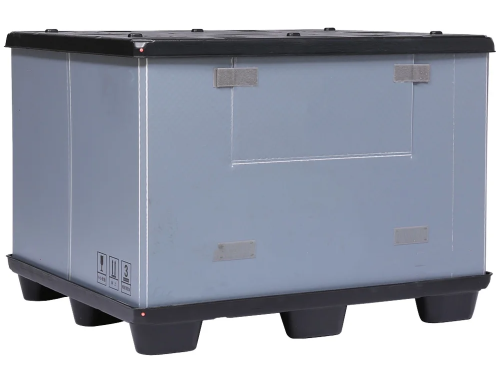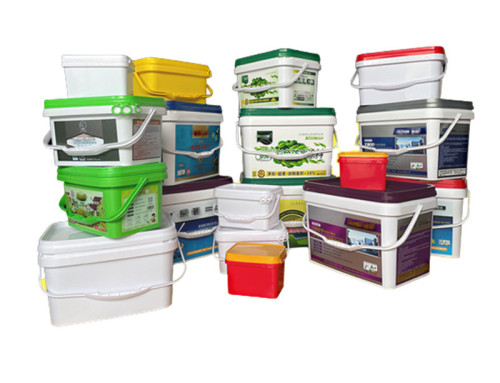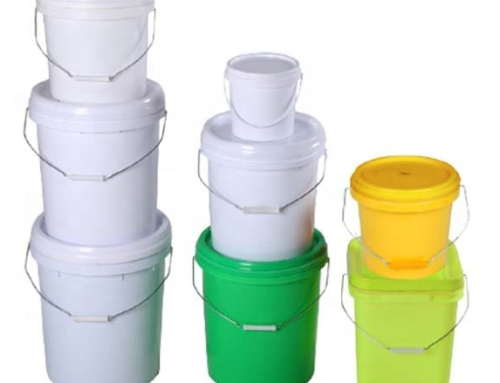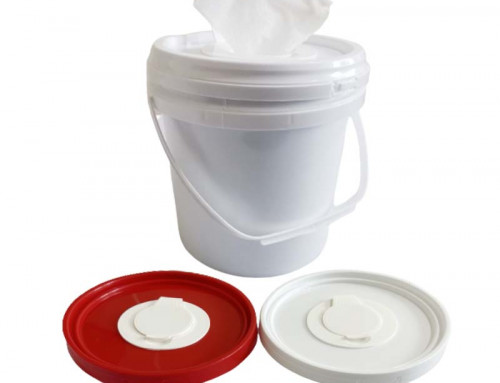Printed Film For Food And Drink Packaging
Printed film for food and drink packaging generally uses heat shrinkable film.
The heat-shrinkable film has the characteristics of bright, close-fitting packaging, and can redefine the beverage brand when used.Its gloss and shrinkage can make the packaging patterns on bottled beverages more vivid.
Printed film for food and drink packaging—The market situation of heat shrinkable film
1.Advantages of heat shrinkable labels
Label heat shrinkable film mainly includes PVC, OPS and PET, and PET heat shrinkable film is particularly prominent.
①Personal packaging, highlight the appearance and shape, increase the publicity effect.
②The heat shrinkable film has high transparency, and the label color is bright and bright.
③Perfect printing pattern, more suitable for shallow screen printing.
④The heat shrinkable film has good abrasion resistance, and the back printing makes the label have better wear resistance.
⑤The heat shrinkable packaging process and equipment are relatively simple, and can be heat sealed and bonded.
⑥ It is convenient for punching, opening and splitting and splitting with palms together.

The main materials of heat shrinkable labels are usually PVC (polyvinyl chloride), PET (modified polyethylene terephthalate) and OPS (uniaxially stretched polystyrene).
1.PVC shrink film
It is currently the most widely used heat shrinkable label film material.It has low cost, good transparency, moderate shrinkage, generally between 40% and 60%, and requires high heat sources.However, due to the close density of PVC and PET materials for bottles, it is not easy to separate them with simple flotation methods during recycling, and there is a problem of difficulty in recycling.In addition, HCl (hydrogen chloride) acidic substances will be generated when PVC is burned, which will corrode the incinerator and may produce dioxin (dioxin) gas, which is not conducive to environmental protection. It is prohibited or restricted in Europe, Japan and some other countries and regions.

2.OPS heat shrinkable film
Compared with PVC shrink film, OPS shrink film has excellent environmental protection; compared with PETG shrink film, OPS shrink film is more expensive.The relative density of OPS is 1.025, and the shrinkage rate can reach up to 75%.Since OPS shrinks relatively small in the longitudinal direction, it can produce finished products with good consistency.However, OPS film is more sensitive to temperature. Under normal storage conditions, its shrinkage performance is strong and high, and it needs to be stored and transported at low temperature, otherwise it is easy to shrink and fail.In addition, its toughness deviation is prone to cracking problems during use.The type of solvent used in OPS printing and Gassho glue is different from that of PVC and PETG.In addition, OPS shrink films must be printed with special inks and solvents.OPS shrink film currently has a market share of 5%.

3.PET shrink film
Among various types of shrink films, PET has the largest shrinkage rate (up to 80%). Therefore, PET materials are often used as label materials for bottles with complex geometric shapes.The temperature-shrinkage change of PET is relatively flat.In addition, compared with PVC film, PET film is more environmentally friendly.PET film occupies a large market share in shrink labels, about 15% to 20%, and is currently increasing at a relatively high rate.However, a few years ago, due to the high cost of raw materials and excessive shrinkage tension, it was also restricted in use.But the current PET shrink film label prices are moving closer to PVC prices.It is the most ideal material to replace PVC film.
If you are interested in us, contact us now to get more detail! If you do not find the products you want, you can click another website: www.qimingpackaging.com. Or you can send the mail: mail@qiminggroup.com






